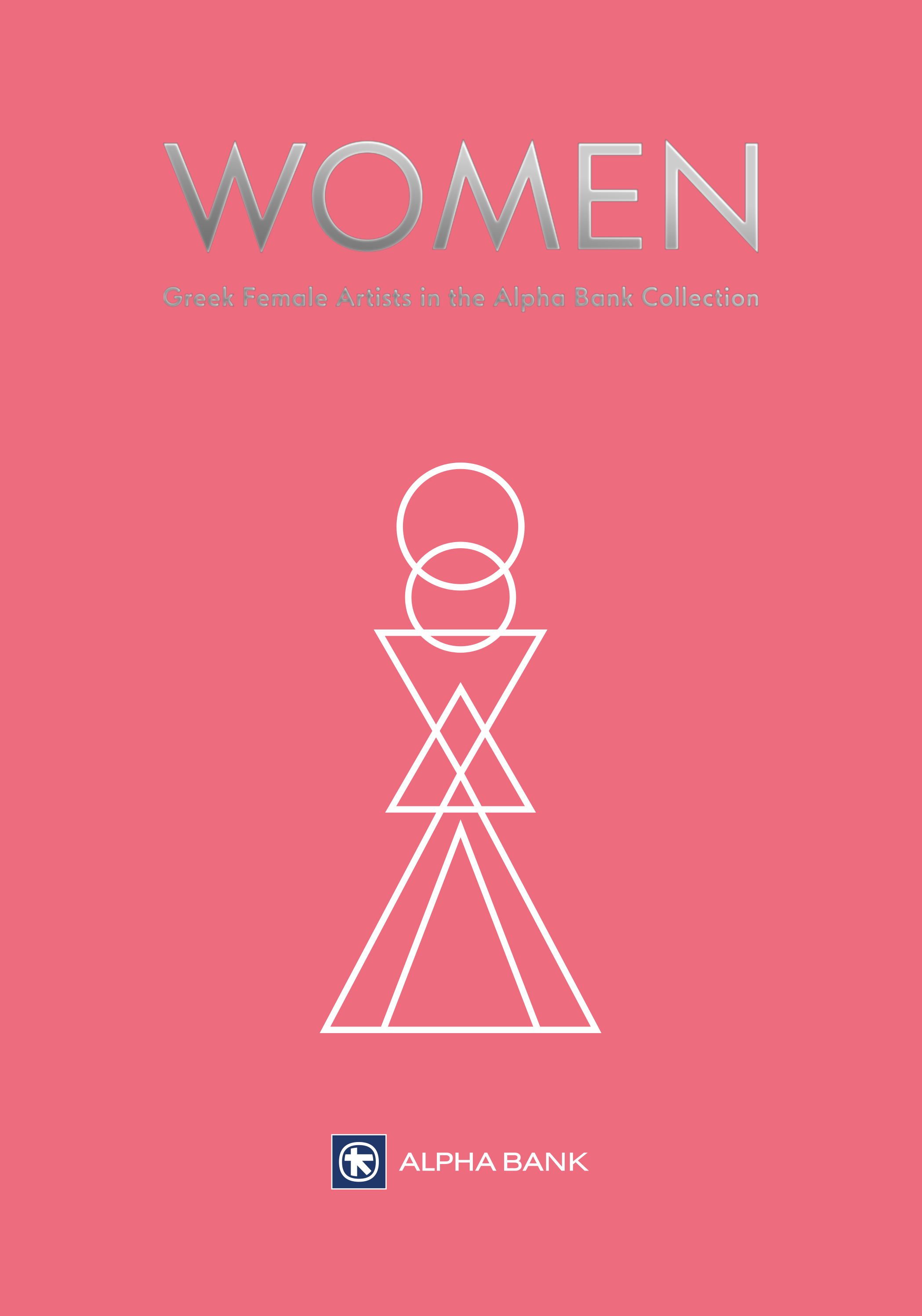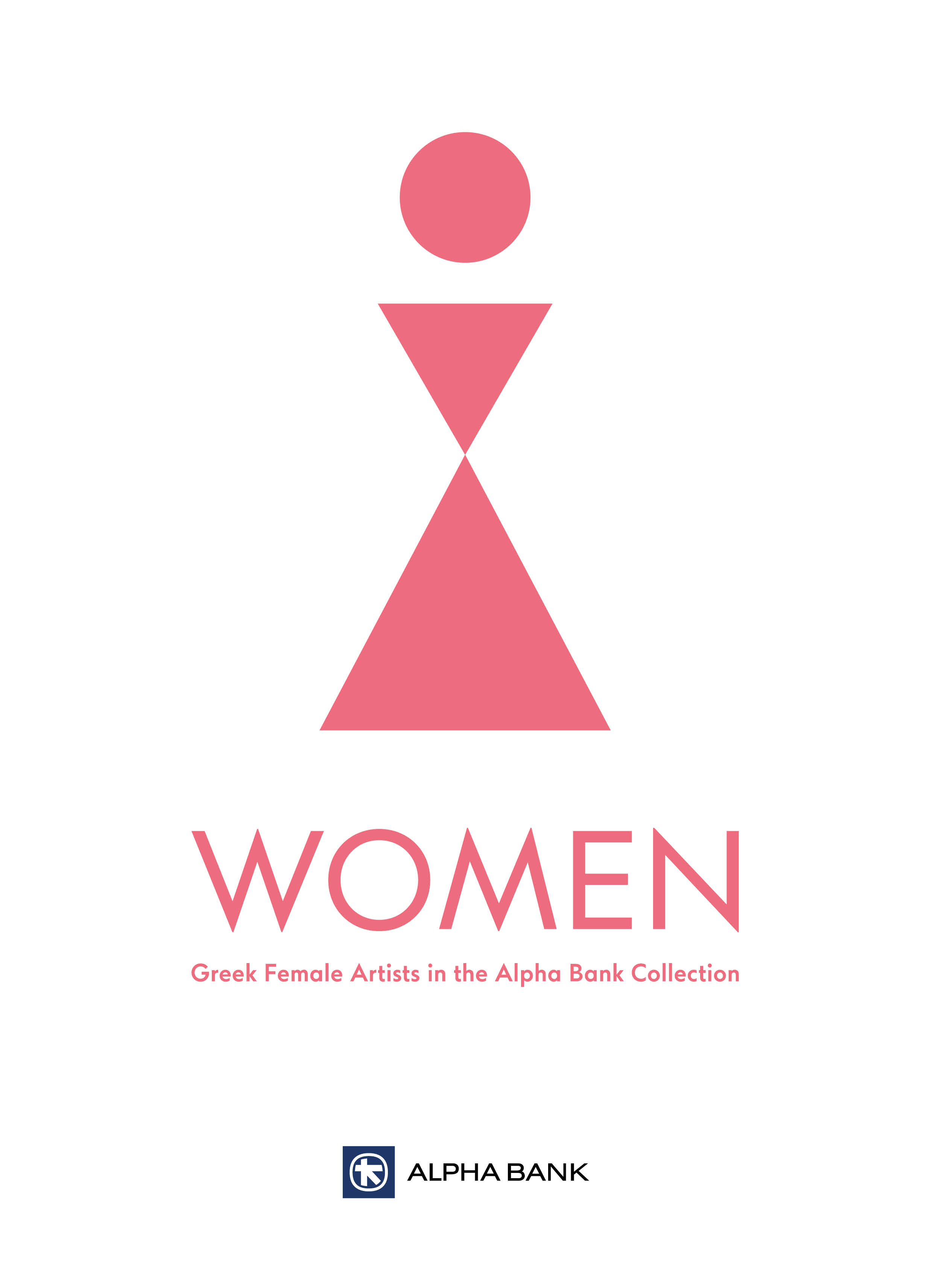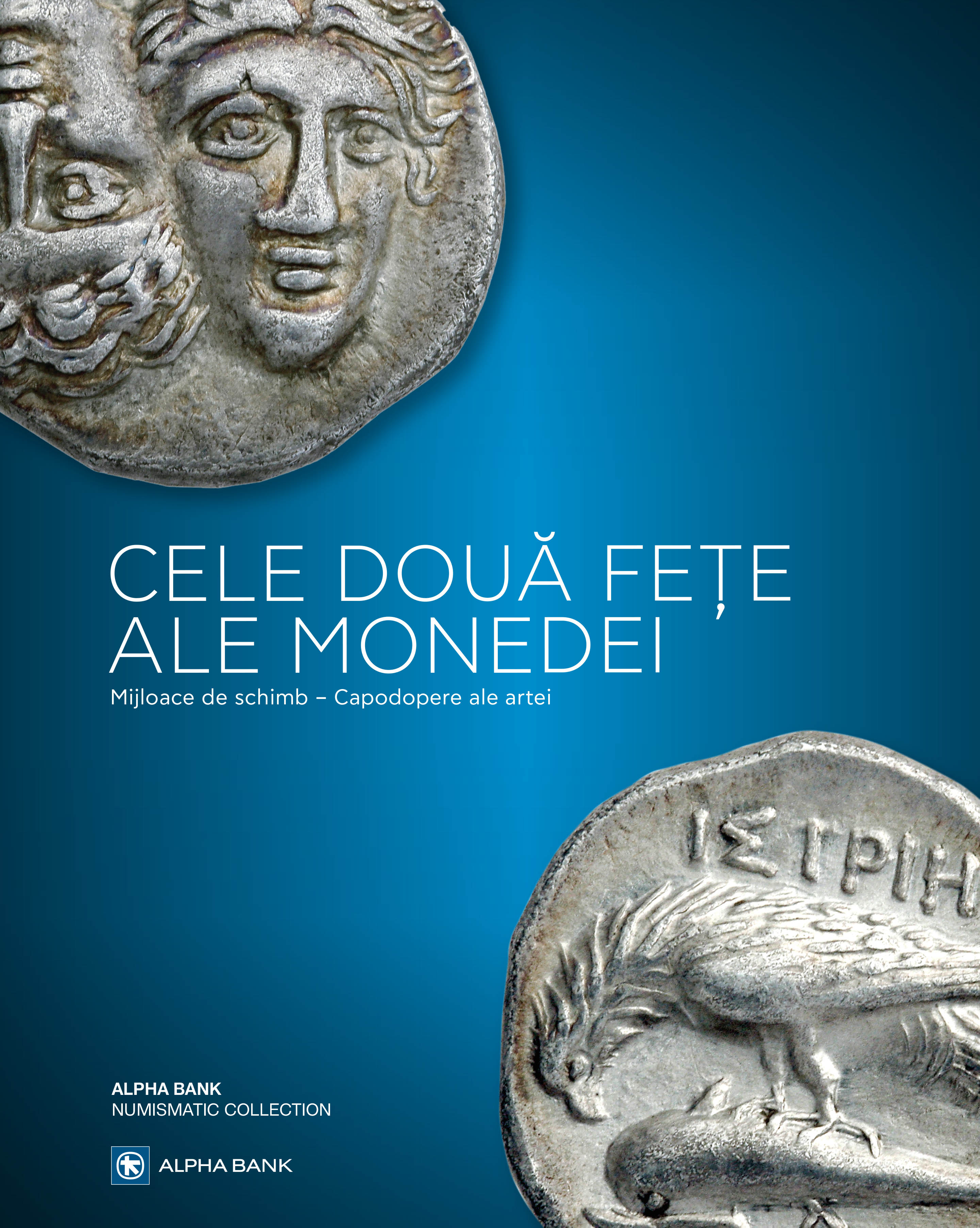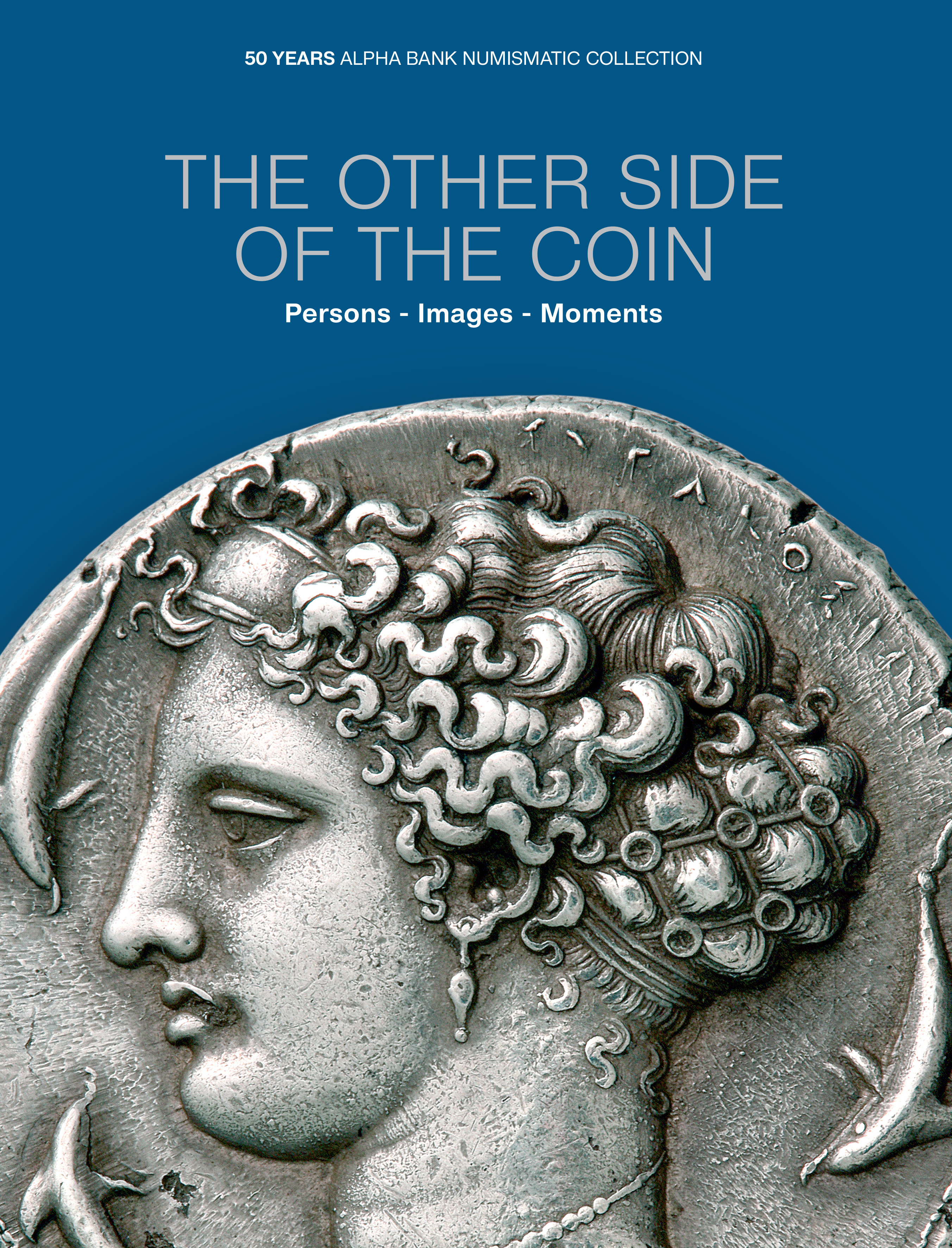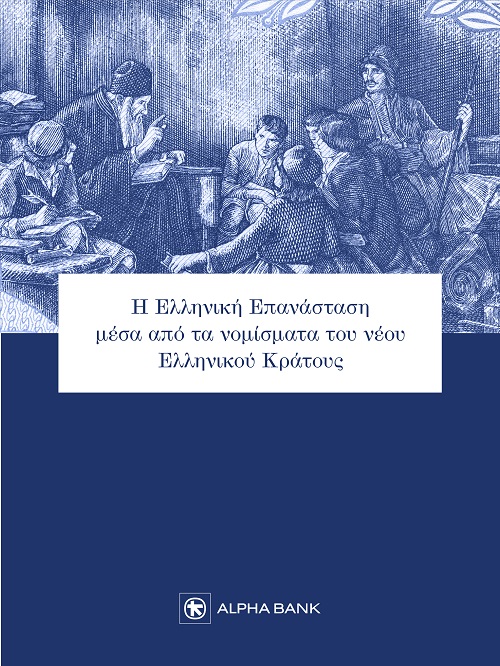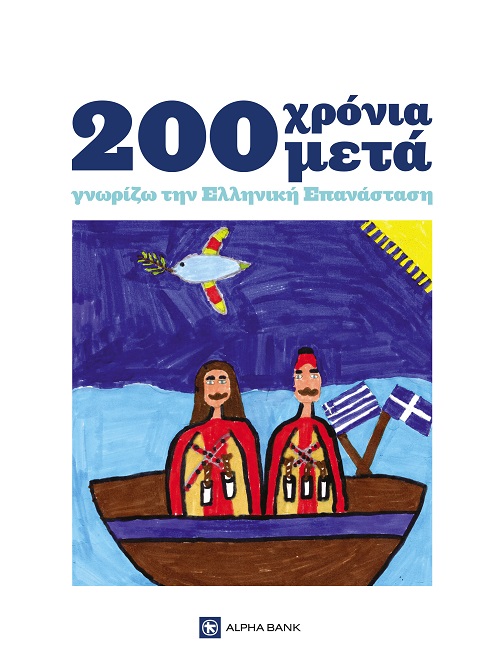Year: 2024
A journey through the world of money
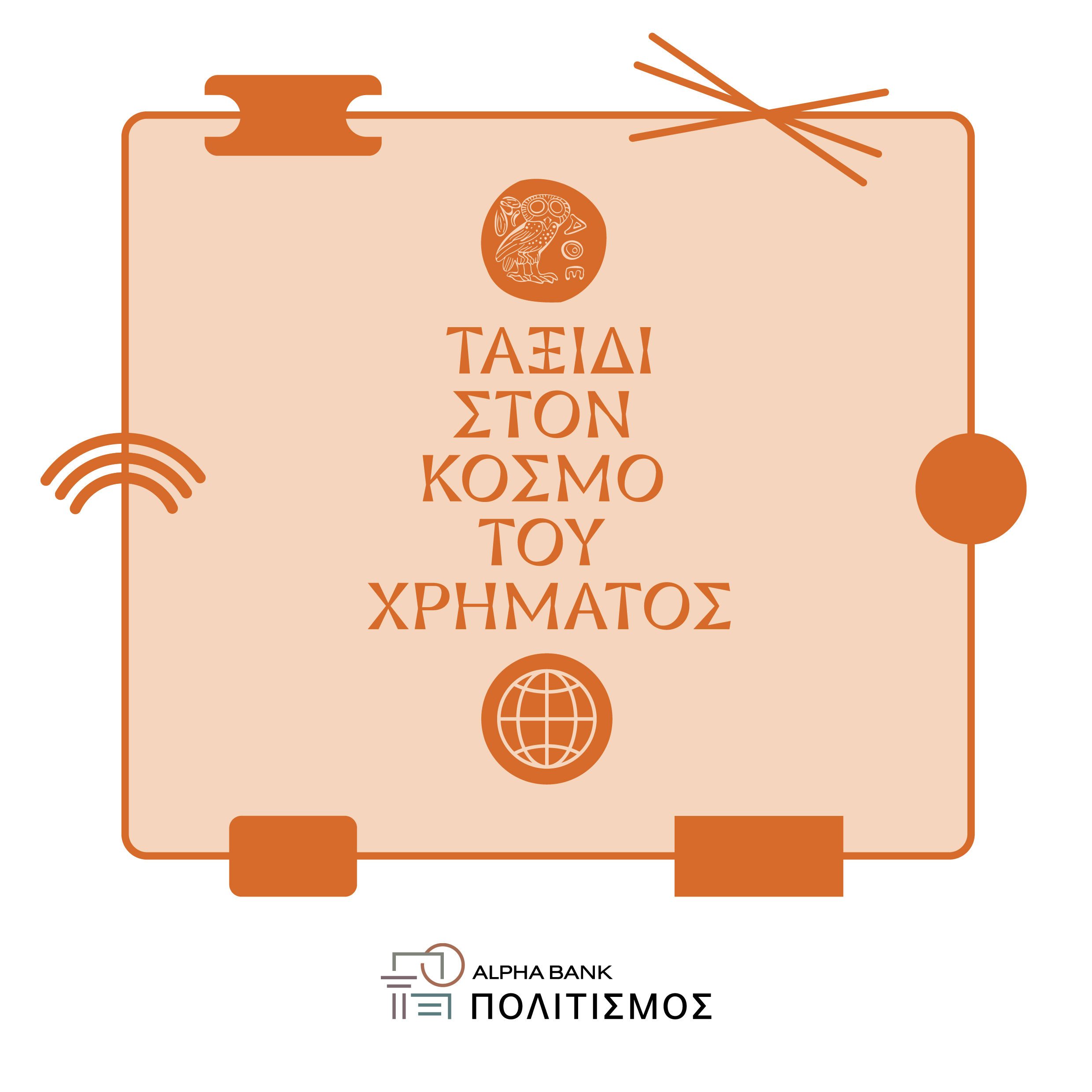
The “A journey through the world of money” publication complements the same-titled educational programme by the Alpha Bank Numismatic Collection. Through a historical retrospective from antiquity to the present day, it introduces readers to the history of transactions and explores fundamental terms and concepts related to money and its management.
- Authors: Dr Dimitra Tsangari, Eleni Kakouri
- Edited by: Dr Dimitra Tsangari, Eleni Kakouri
- Language: Greek
- Year published: 2024
What the publication includes
Inspired by the long and exciting trip down the history of coins and the evolution of transactions in Greece over time, the publication focuses on the concepts of "money" and "transactions".
At the same time, it examines significant terms and practical concepts related to money and its management, aiming to foster sound and effective financial habits from an early age.
Inspired by the same-titled educational programme
The publication complements the “A journey through the world of money” educational programme by the Alpha Bank Numismatic Collection, which travels to schools in Greece and abroad in the form of a museum kit.
The publication is divided into 2 sections, and concludes with expressions and sayings about currency and transactions.
Section 1: Learning the history of money and transactions
This section includes photographs of significant coins and examines transactions throughout Greece’s historical periods.
- Pre-coin period – Before the invention of coins, the exchange of goods, i.e. bartering, was the most common practice for acquiring basic goods. With the discovery and spread of metals, a new means of transaction, metal objects in various shapes, gradually appeared.
- Antiquity – The first coin appeared around mid 7th century BCE in western Asia Minor, a small piece of metal in the form of a disc, embossed by the issuing authority (city, ruler, nation, state entity). Powerful coins of the ancient world included the Athenian owls and Alexander’s tetradrachms, which travelled beyond the borders of the issuing authority and were widely used in international transactions.
- Roman times – In early 3rd century BCE Rome, an emerging major power, gradually established its dominance in the Mediterranean. The new Roman currency that circulated was the denarius, a silver coin that followed the weighting rules of Greek coins.
- Byzantine world – Byzantine economy was mainly based on money transactions. The new, powerful, Byzantine coin was the gold solidus. It was soon used in the greatest part of the known world.
- Ottoman period – During the Ottoman rule over the Greek territory, the population started to trade in Ottoman currency, the para and the piastre.
- Modern Greek State – In 1827 Ioannis Kapodistrias issued the 1st currency unit in liberated Greece, the silver phoenix. Once the new Greek State was founded, the new currency, the drachma, was issued. In 1841 the National Bank of Greece issued the first Greek banknote.
- Today – In 2002 Greece adopted the euro. Today, transactions are carried out using physical (euro coins and banknotes) or plastic money (bank cards), and digital banking applications.
Section 2: Children learn how to manage their money
This section includes illustrations that help understand the presented concepts better.
- Meeting my needs and wants – Understanding the difference between needs and wants, and adopting financial management tools, such as tracking income and expenses, creating an expense diary and developing personal budget plans, helps individuals develop prudent spending habits, gain control over their finances and better utilise their money.
- Learning to save – Saving emerged shortly after the creation of currency to provide security and help people meet unexpected needs and wants. Saving is a beneficial practice that helps people feel secure in their future and can be cultivated from a young age.
- Learning to donate – Contributing to society, either through monetary donations or other means, constitutes an act of solidarity and humanitarianism that enhances the quality of life for everyone. This is why this practice is increasingly gaining importance.
Written and edited by: Dr Dimitra Tsangari, Eleni Kakouri
Publisher: Alpha Bank
Place and time: Athens, 2024
Dimensions: 21 x 21 cm
Pages: 64
Cover type: Paperback
Greek ISBN: 978-618-5072-53-7
